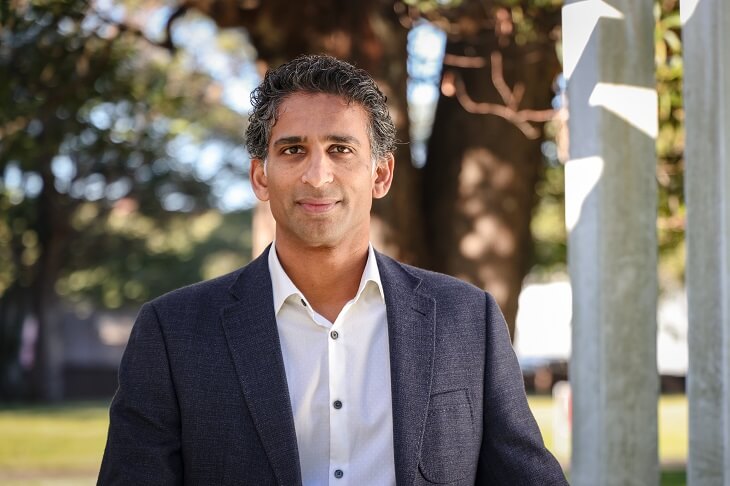Most Australians say they want to do their bit to save the environment. But when no-one is looking, how much are you really doing to benefit the planet?
The benevolent sentiment may be there but, more often than not, the attitude remains the same.
If it doesn’t hit the hip pocket, it’s not worth the attention.
But what if someone told you that you could save the environment and save money at the same time?
The United Nations IPCC report reiterated the urgency of the climate change issue, with the tipping point of 1.5°C likely to hit within the next 10 years.
A Climate Council report released earlier this year showed extreme weather events in Australia have cost $35 billion over the past decade.
The good news is there may still be time for us to turn the dial on this issue, and how you manage your money could be the catalyst to further positive climate action.
It’s no secret that Australia’s government and financial system is heavily invested in the fossil fuels industries. The retirement income sector is no different. Currently, just 20 per cent of Australia’s leading super funds have 2050 net zero targets for their investment portfolios.
The big four banks – ANZ, Commonwealth, NAB and Westpac – contribute a combined $84 billion to fund fossil fuel projects since the establishment of the Paris climate change agreement in 2015.
Read: How age and political persuasion affect our climate care factor
Most consumers are blind to this, as access to this kind of information is all but impossible – as is making informed decisions on how personal finances are managed in relation to the environment.
Wealth-focused technology company Acacia Money wants to change this, launching first-of-its-kind tech that uses open banking and data analytics to optimise finances from both a financial and an environmental viewpoint.
The app aggregates your financial and energy arrangements and presents options to improve both financial and environmental outcomes.
Read: Australian finances take massive hit from climate change

A Sustainable Spending Tool allows you to understand your carbon footprint and the impact of your individual spending decisions. And the Acacia Climate Scores clarify a company’s performance in relation to environmental factors, as well as financial factors.
“After the bushfires and living through a pandemic, we know people are becoming more aware of environmental issues,” says Acacia Moneyfounder Anil Sagaram.
“Many of us want to improve our environmental impact, but it’s hard to know where to start to make a change.
“Acacia’s app will help people to understand their finances and save money, and it will make it easier for them to make informed decisions about their environmental impact,” he says.
“There are many great providers out there that have strong offers from both a financial and environmental point of view. Acacia connects you with these providers, allowing you to make smart financial decisions that align with your values.”
Read: Australians’ biggest concern? It’s not climate change or money
Australians in lockdown arguably have more time than ever to reflect on their saving and spending and on living more responsibly.
Those looking to reduce their personal impact on climate should consider the eco footprint of money, says Mr Sagaram.
“With many providers delivering on both environmental and financial aspects, users are able to do good by the environment and do well financially at the same time,” he says.
“Customers could save up to $2890 per year switching from a bottom quartile loan to a top quartile loan.”
If saving the environment also saved you money, would you be more inclined to ‘green switch’? Why not share your opinions in the comments section below?
If you enjoy our content, don’t keep it to yourself. Share our free eNews with your friends and encourage them to sign up.

